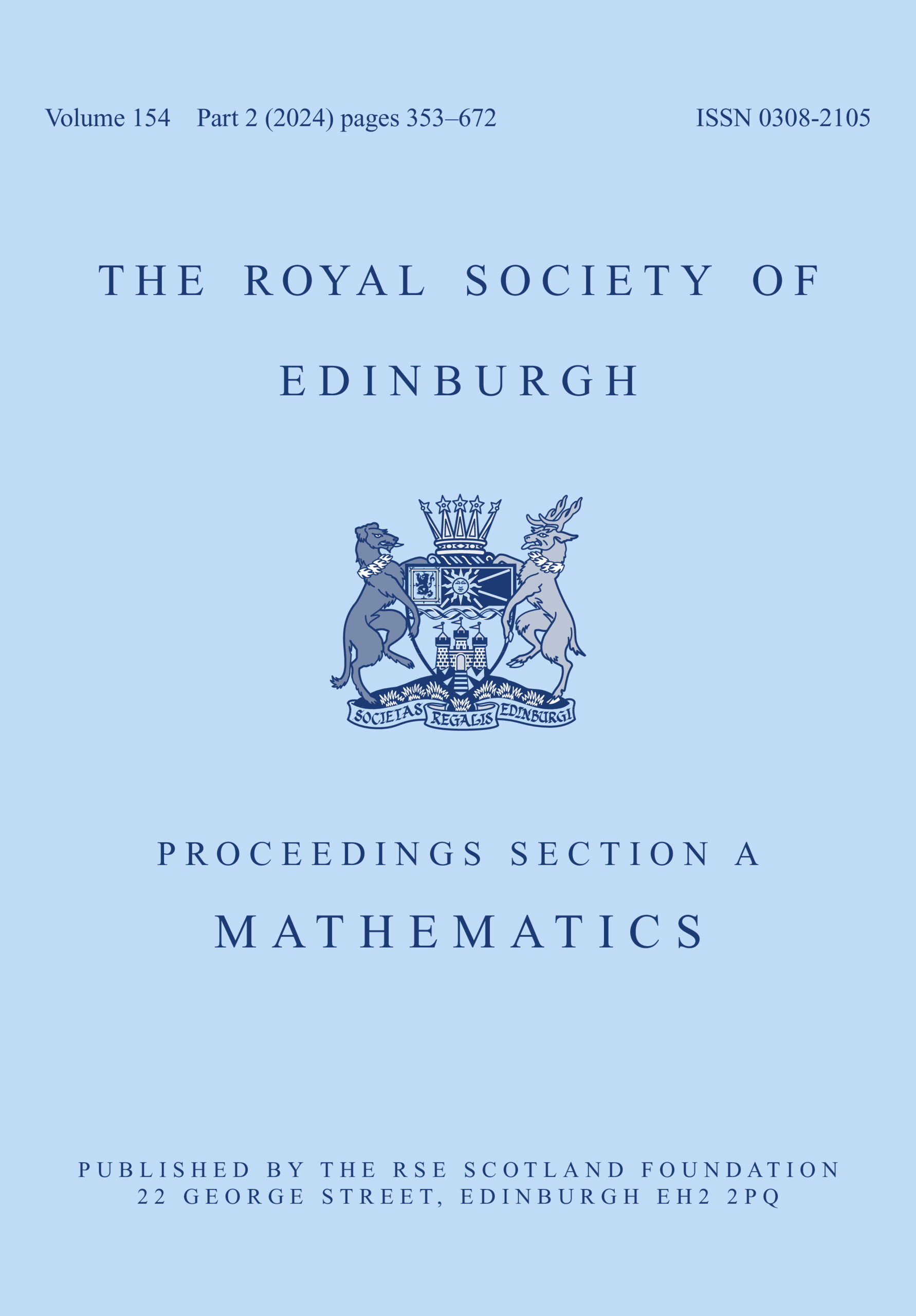No CrossRef data available.
Article contents
Thin Gordian unlinks
Published online by Cambridge University Press: 19 November 2025
Abstract
A Gordian unlink is a finite number of unknots that are not topologically linked, each with prescribed length and thickness, and that cannot be disentangled into the trivial link by an isotopy preserving length and thickness throughout. In this note, we provide the first examples of Gordian unlinks. As a consequence, we identify the existence of isotopy classes of unknots that differ from those in classical knot theory. More generally, we present a one-parameter family of Gordian unlinks with thickness ranging in  $[1,2)$ and absolute curvature bounded by 1, concluding that thinner normal tubes lead to different rope geometries than those previously considered. Knots or links in the one-parameter model introduced here are called thin knots or links. When the thickness is equal to 2, we obtain the standard model for geometric knots, also called thick knots.
$[1,2)$ and absolute curvature bounded by 1, concluding that thinner normal tubes lead to different rope geometries than those previously considered. Knots or links in the one-parameter model introduced here are called thin knots or links. When the thickness is equal to 2, we obtain the standard model for geometric knots, also called thick knots.
MSC classification
Information
- Type
- Research Article
- Information
- Copyright
- © The Author(s), 2025. Published by Cambridge University Press on behalf of The Royal Society of Edinburgh


